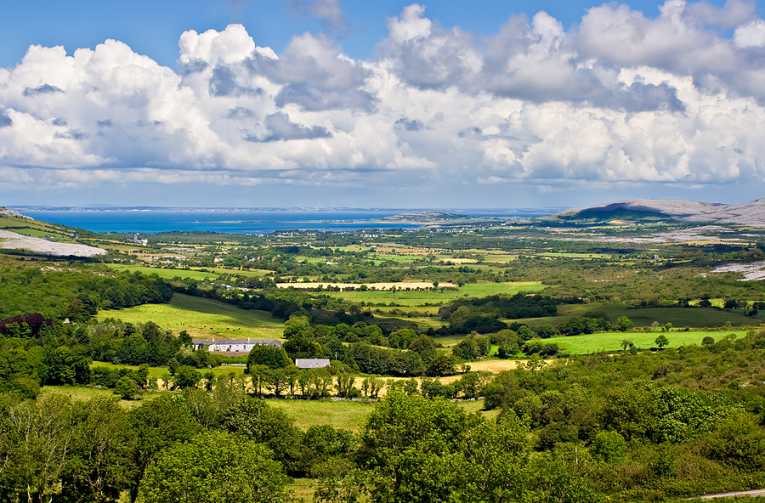We all have mental images of the places we want to visit (and the places we really, really don't). We even simplify entire countries into a single image, whether it's an Amazonian river bend or the misty green hills of Ireland. Now, researchers question whether the "green branding" of countries could help to bring the right kind of tourists there: those who want environmentally friendly adventures. But are countries prepared for green branding?
A brand creates a distinctive image for a place. When it appears over and over in ads and the media, it takes hold in people's minds. But countries, unlike companies, obviously have no single owner, which presents a challenge. Also, there's no accreditation system for green countries - giving a place a green name, then, isn't necessarily fair, and travelers wouldn't necessarily trust it.
Furthermore, green isn't good enough unless it benefits local people. Somewhere along the line, we forgot that people are part of nature. Now we must relearn that fact. A tourism program must have the support of the local community to prove a sustainable strategy. Casting destinations as green without accounting for human needs, and without giving local stakeholders a vital role in planning, managing, and profiting from tourism, forgets to protect a vital part of the ecosystem - humans.
The difficulty - perhaps impossibility - of regulating a destination's tourism brand also means greenwashers could easily enter the market, as marketing researcher Andrea Insch says in a study published in the International Journal of Culture, Tourism, and Hospitality Research. In benefiting from the positive image created by other companies, these pseudo-greens would bring the place's reputation down. Tourism operators, local communities, government officials, and experts ideally would work together to cultivate a destination brand that draws eco-minded tourists. However, little would prevent one rogue tour operator from going against the grain. Furthermore, stakeholders must deal with the question of how much green branding is too much. Simply put, if the place draws too many tourists, the branding scheme may backfire.New Zealand has some ideas on all this. The nation has developed a certification program called Qualmark, which ranks tour operators' sustainability. The program considers the extent of recycling, sustainable energy use, conservation of water and other resources, and role in conservation activities, says Insch. To sum up its achievements in these areas, New Zealand adopted the national destination brand "100 Percent Pure."
However, because no business (let alone country) may yet have become "100 percent pure," 42 percent of the country's own people question the truth behind the green scheme, notes Insch. Perhaps the challenge of reducing carbon emissions by Kyoto Protocol standards has made them edgy about their green claims. Furthermore, perhaps claiming to be green isn't enough - as a wave of green countries surges its green way into the green tourism market, brands will need to get a bit more distinct.
Green place branding might not be a bad idea, if we can just figure out what places are really green. That will take some effort, and some time. In the meantime, certifying individual programs is far more practical, and this will serve as a stepping stone to green branding for nations, should that time come.
Top Image Credit: Ireland Landscape © sbonk










